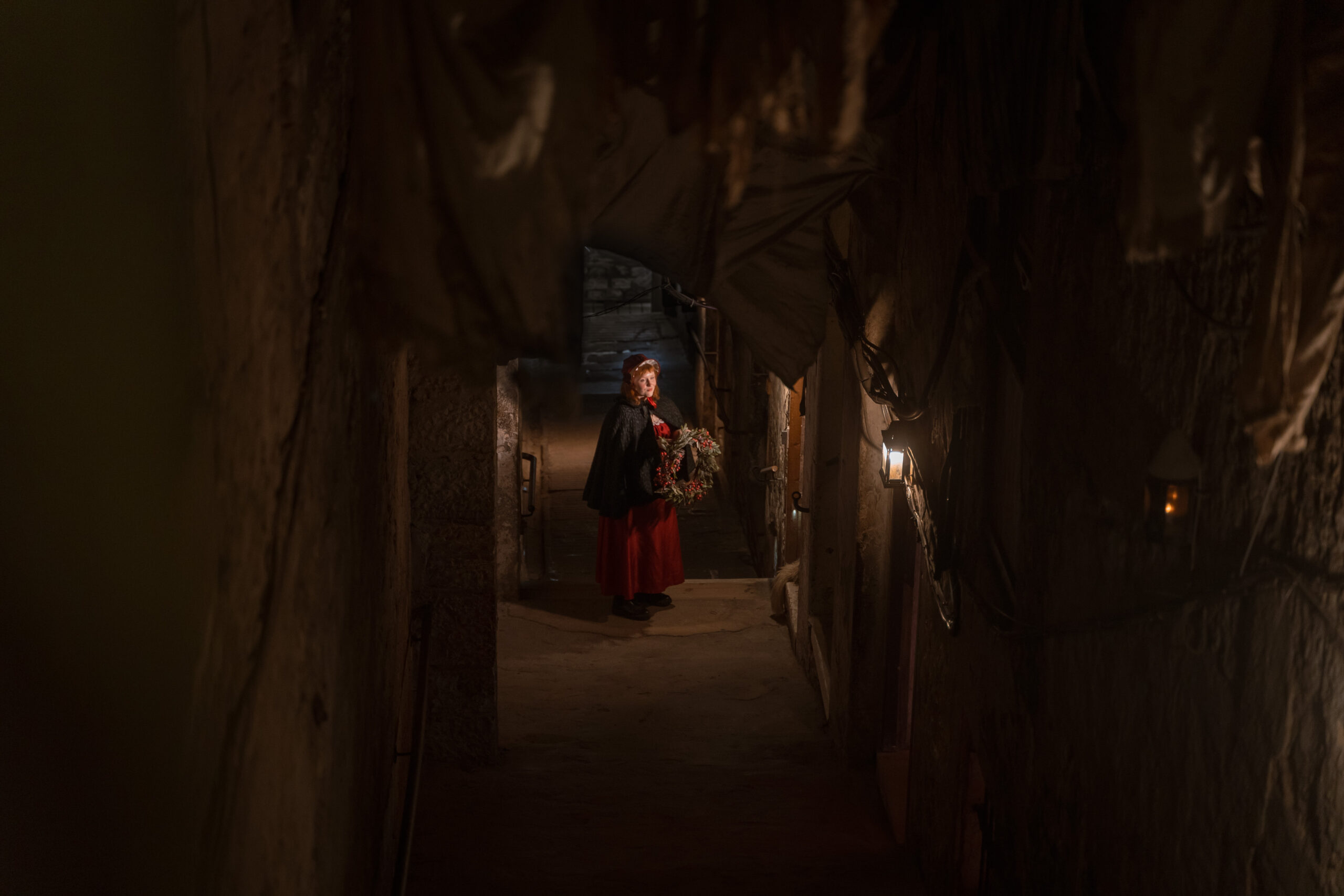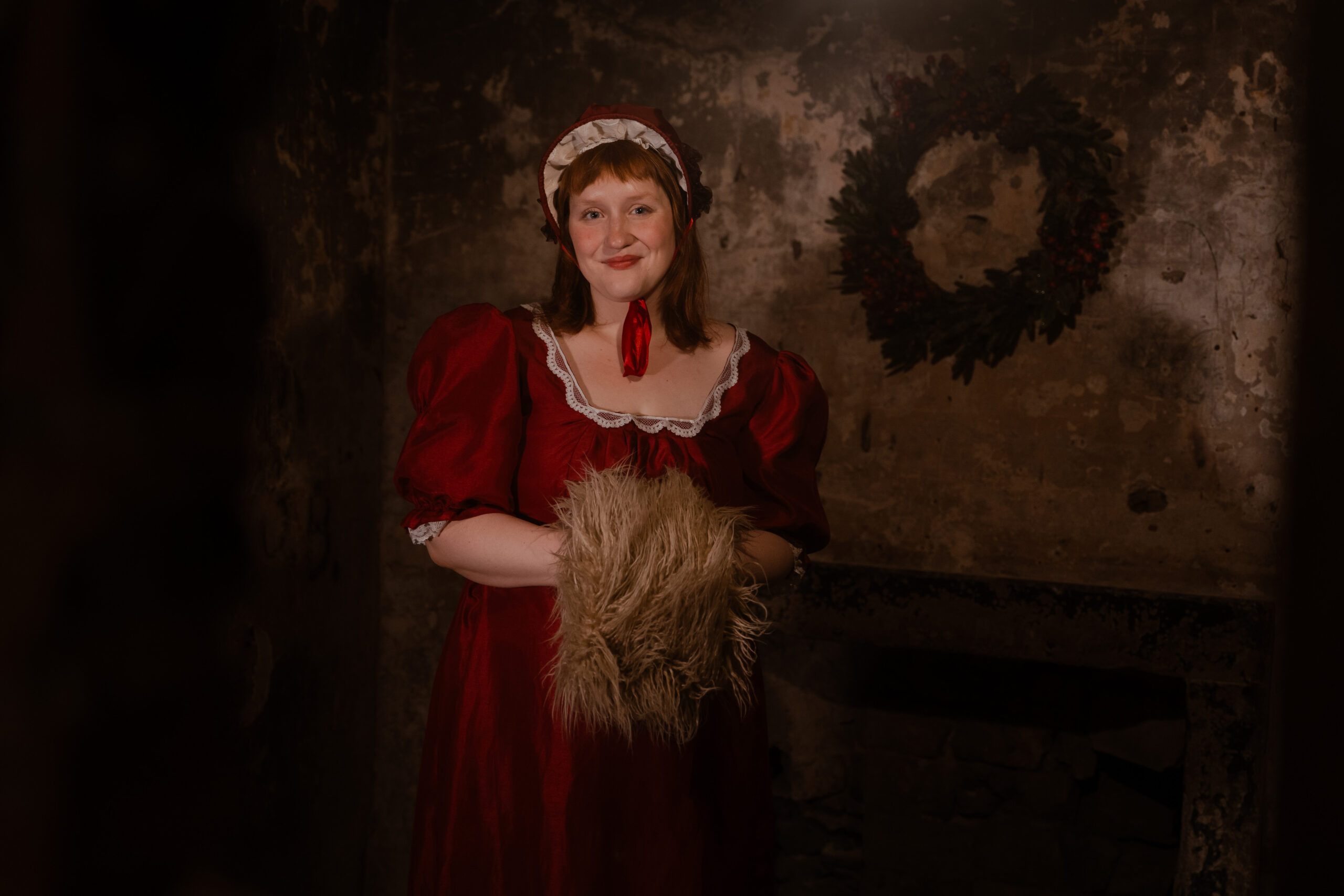A Short History of Christmas in Scotland

Christmas in Scotland – Why the Scots didn’t celebrate Christmas for over 400 years…
The celebration of Christmas in Scotland is a surprisingly recent phenomenon.
With just one week to go until Christmas, let’s take a stroll down Mary King’s Close to uncover how celebrations surrounding the festive season changed over time.
Before the Reformation of 1560 happened, the 25th December was celebrated as a religious feasting day in Scotland. In fact, Early Modern Scots, like their forebears, revelled in feasts and merry-making all throughout the wintertime. However, these joyous celebrations waned thanks to the beliefs of the Protestant Reformer, John Knox. He, among others, considered Christmas to be an overly indulgent and Catholic-driven festival, leading to its widespread suppression.
The Scottish Parliament subsequently banned Christmas celebrations officially in 1640 (well before Cromwell did in 1647!).
Residents of Edinburgh’s Old Town, including Mary King, her children, and Dr Arnott, probably did not observe the holiday. For centuries, the 25th of December was merely another workday for most Scots, contrasting with the lavish celebrations found in other parts of the world.

Change only arrived in the late Victorian era when the burgeoning middle classes in Scotland, mirroring their English counterparts, embraced an Industrialist culture of gift-giving, card exchanges, and stocking fillings – something that Janet Chesney (pictured) and her family would have enjoyed while living on Mary King’s Close in the 1880s.
Yet, despite festivities growing in popularity, Christmas Day wasn’t made a public holiday in Scotland until 1958! Now how’s that for a piece of festive history?
To visit The Real Mary King’s Close this December, click here for our times, tours and prices.









